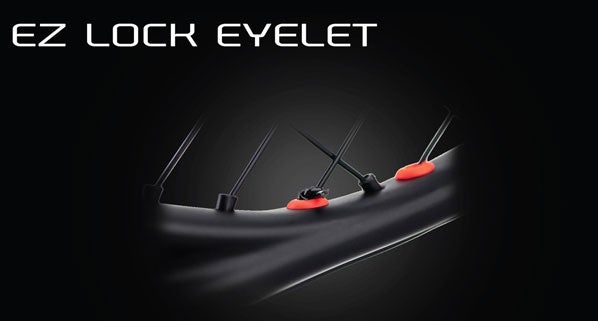Because the stringer you give the frame to is responsible for stringing the frame correctly. Way back in the Jurassic, I only gave my frames to a tech that worked at a local pro shop. I not only knew him, but trusted him to do the frames in the right manner. [Follow the instructions!] Then it got too expensive to be restringing every few weeks, so I learned how to do the stringing on my own the right way. That is, follow the instructions, which lead to ATW methods because I did not like to tie 4 knots for something that was not a hybrid. I would not give my frames to a Big Box stringer nor to anyone else that has little experience string frames. If a client is paranoid and asks, I will tell him I will follow manufacturers instructions or do ATW. If they want 4 knots, they will get 2 piece. You do talk with the client before doing the work.
If the stringer breaks the frame due to his/her negligence, they are responsible for it. That's why a good stringer will look over a frame before committing to a string job. If I found a crack or a bad area on the frame, I will tell the client and warn them what may happen. If they say 'Go Ahead', I will do so because they know about the potential for frame breaking.
Even if you follow manufacturer's instructions and do a cracked frame, the blame is yours if you do not tell the customer, and the frame breaks completely. Even if you follow instructions on an uncracked frame, there's no warranty that the client will not break it while playing. Prince frames for a period were notorious for breaking near the throat while stringing or when played. There are certain Head frames [Air/Cross Bows] where you have to do some of the bottom crosses BEFORE starting the top.
If you follow threads here, there are people who will say you must do all frames crosses top down even if manufacturer says bottom up is OK. Others, like me, will say follow instructions and if they allow bottom up, OK. If not and it says top down, that does not mean automatic 2 piece according to USRSA. That's why they allow the multitude of ATWs and you can also have natural top down layouts.. 3¢

